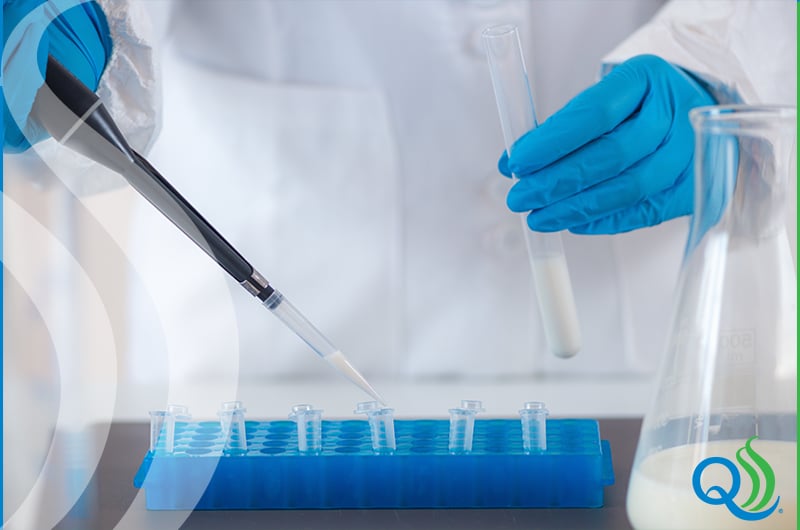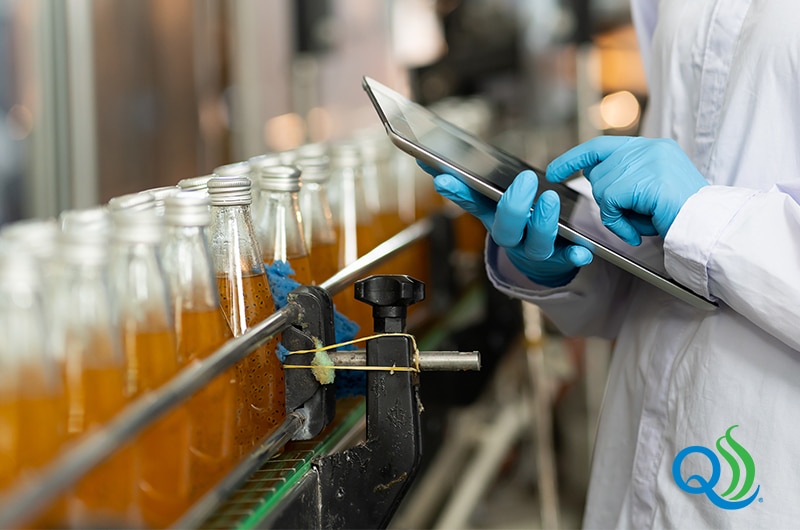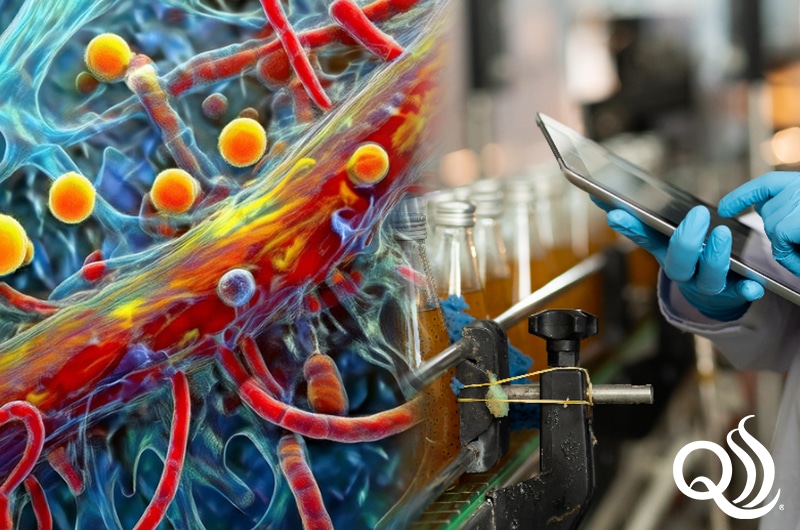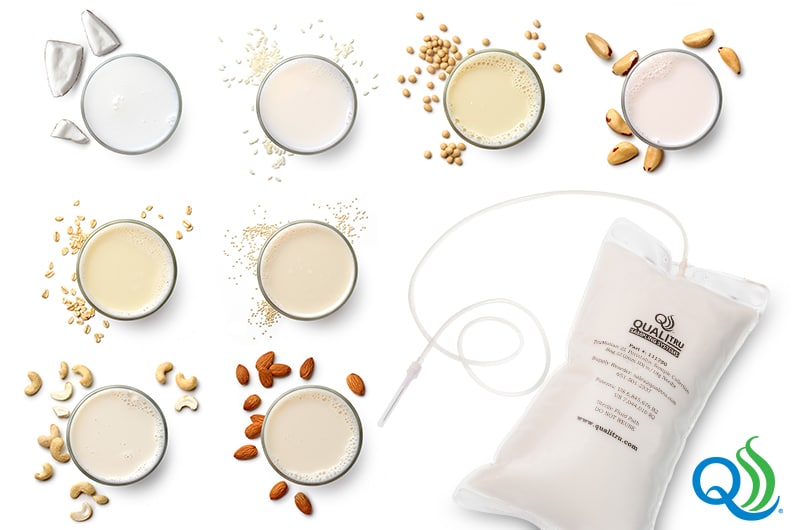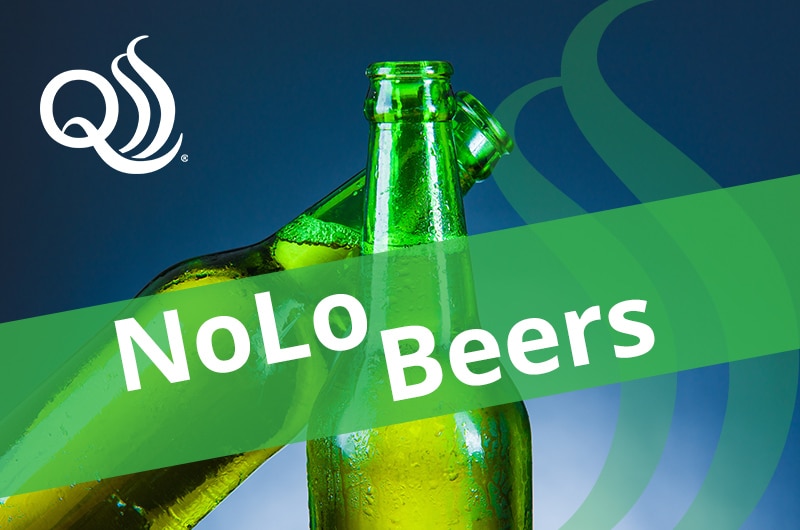Blog Posts About Liquid Sampling Written by Our Subject Matter Experts (SMEs)
Raw Milk Testing for the 21st Century: Key Parameters for Achieving High Quality
The quality of processed dairy products is inextricably tied to the quality of raw milk at production, and throughout pre-processing storage and handling. Pasteurization, while quite literally a lifesaver, is no magic bullet when it comes to improving quality. As domestic and international markets for US dairy products evolve, expectations of increasing shelf life are…
The Importance of a Fruit Juice HACCP Plan in Juice Production
Ensuring the quality and safety of beverages and fruit juices is a top priority for producers, given the risks and hazards associated with contamination. A comprehensive fruit juice Hazard Analysis Critical Control Point (HACCP) plan is essential for identifying and controlling hazards that could compromise product safety. This blog explores the critical role of a…
Quorum Sensing and Biofilm Formation: The Impact on Food Safety and Quality
Quorum sensing and biofilm formation play a critical role in microbial contamination within food and dairy processing environments. Quorum sensing (QS), a bacterial communication system, is at the heart of biofilm formation, enabling bacteria within the biofilm to coordinate their actions and enhance their resistance to environmental threats. With the aid of quorum sensing, bacteria…
Beyond the Dairy Aisle: Safety and Quality in Plant-Based Beverages
The plant-based beverage market has witnessed exponential growth in recent years, driven by increasing consumer demand for sustainable and health-conscious alternatives to traditional dairy products. However, with this rise comes the critical need to address safety and quality concerns unique to these products. Ensuring the safety and quality of plant-based beverages is not only imperative…
Controlling Yeast in Cheese Production: Strategies for Quality Assurance
Yeast contamination is of minimal concern in fluid milk production, but its impact can be significant in cheese and fermented dairy products where unwanted yeast may alter flavor, texture, and overall product quality. Understanding the growth parameters and spoilage mechanisms of yeast in cheese production is key to developing effective control strategies. Process monitoring strategies…
NoLo Beer Trends and Issues with Beer Spoilage Bacteria
The NoLo beer segment is experiencing significant growth, with a 40% increase in sales in recent years. (Howarth, J., 2024) This trend is part of a broader shift in the beverage industry towards healthier options and diversified product lines. According to Beverage Industry, the low- and no-alcohol category is spearheading market growth, with more consumers seeking…

